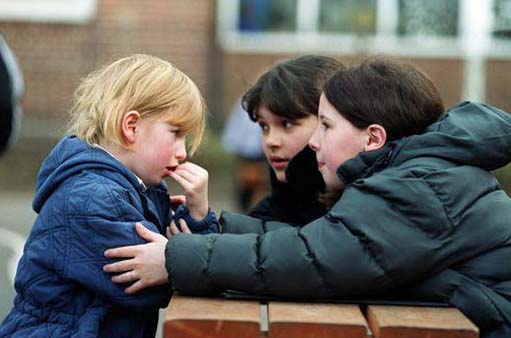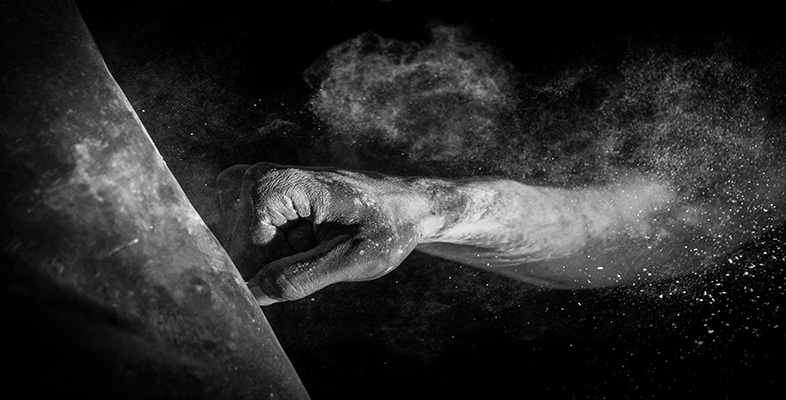3.3 Children as peacemakers – peer mediation
One response to witnessing bullying is to stand by and watch it happen. Alternatively, and more positively, children themselves can often act as mediators or peacemakers. Some of the most successful anti-bullying schemes have been those set up or run by children and have involved confronting the bully about the impact of his or her behaviour on others. Other schemes have involved setting up school bullying courts where children are ‘tried’ by a jury of their peers, while in others children counsel victims of bullying. In the following example, pupils at a school in Scotland talk about the anti-bullying programme that they have taken part in, emphasizing their role as peer mediators and counsellors.

You help them [children who are bullied] with a procedure of acknowledging the fact that they're being bullied and the fact that there is somebody who is there to listen to them and who can help them do something about it, and give them different options on different routes that they can take. And they have to choose which is basically what we do here. We don't force them to do things, we simply tell them what can be done and then they decide on the best way of handling their business.
In most cases I did, I found that … there's never a bully who does anything by themselves, there's always a friend who is, the friends are more threatening than actually the bully. And if you actually collar them by themselves, the bully, they eventually become very, very vulnerable and it's, that's when, that's how we basically approach them. You do not approach them with their friends, you approach them by themselves …
There is an advantage of us, the students dealing with the bullying rather than the teachers because students are more likely to open and feel comfortable with other students … Because if there was a scheme where it was just teachers doing it, I assure you, no student would be up there, because why would you want to go up to a teacher and start talking to them unless you are comfortable with them. Because teachers know they have authority over you but other students are on the same level as you and you are more likely to open up to them than you are to a teacher.
(Glenn, quoted on BBC Online, 2002)
The children in this project have tackled the issue of bullying head on and feel that they have made a significant difference to their school and community.
Summary of Section 3
Children take on different but sometimes overlapping roles in bullying, those of victim, perpetrator, colluder, witness and peacemaker.
Bullying can affect children's well-being and is a form of physical and psychological violence.
Children who bully often hold favourable views of violence, show aggression towards both adults and children, have a strong need to dominate and feel more powerful than other children and feel little empathy for those they are bullying.
Bullying is not confined to countries of the North.
Children can act as peer mediators, tackling bullying and holding the perpetrators to account.
